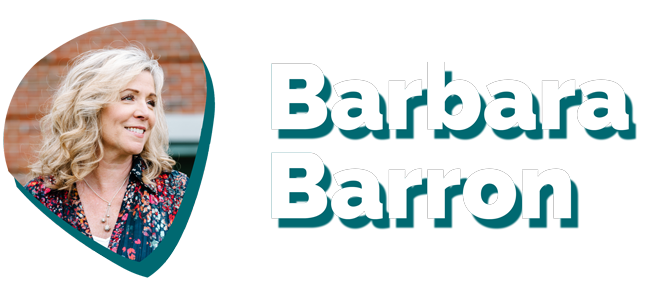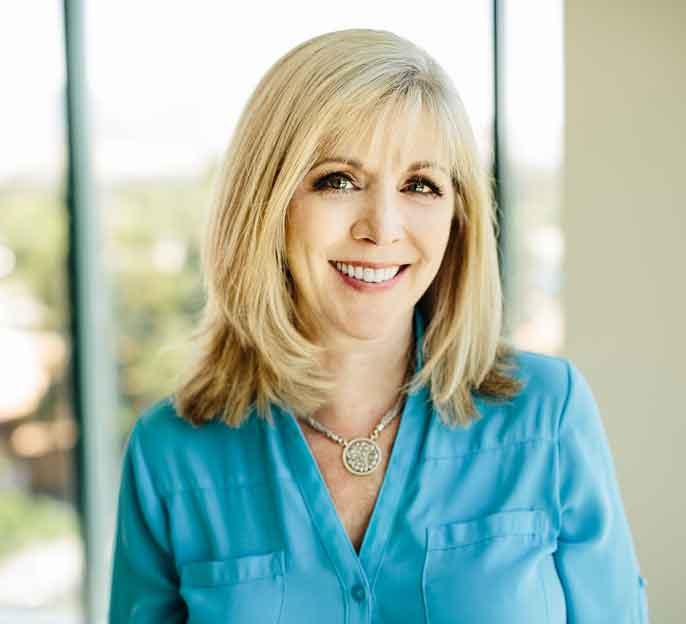by Barbara Barron | Posted January 7th, 2020
There is a very good reason that schools and other organizations only endeavor to launch a capital campaign every five to ten years. Capital campaigns are big and hard and scary. While they have the power and potential to transform an organization and its program, helping to better deliver on the promise of its mission, they are also risky. What happens if we don’t reach our goal? What can that mean to our financial stability? What will it say to our community if we fail?
Yikes.
Nevertheless, I hear from a school almost monthly that they are contemplating a capital campaign — and can I help them? They have so many needs, you see. They “need” a new performing arts theater for their burgeoning program. They “need” to be able to truly offer a robust STEAM program. They “need” more classrooms or athletic fields or science labs to avoid losing great students to competing schools. Real stuff. And having a clear and compelling vision of what the desired improvements will bring is essential.

In fact, if I harp on one thing – besides stewardship and asking for gifts on a daily basis – it is becoming crystal clear on the benefits, not the features of, any given project. Don’t talk to me about square footage. No donor ever was moved to make a transformative gift because you’re adding 10,000 square feet. Tell me, instead, about what will be solved, elevated, and transformed. Explain how the program will grow or be improved. That’s the starting language of a persuasive case. Write those words down and use them. No features. Benefits.
But I digress.
So you’re entertaining the idea of a capital campaign, not just because your school has needs. All schools have needs, even the most well-resourced. But the question is: is a capital campaign the best way to meet these needs? And if so, is your school truly ready to embark on this grand (and sometimes painful) adventure? How can you really know?
There are plenty of good resources available on this topic. One I especially like is this Independent School Magazine article. (You will have to join ISM, to read it, if you aren’t a member already.)
I’ll summarize my favorite four main checklist items here:
Strong cash reserves. A corpus of money – by any label – accessible by board vote, and equal to, or more than, 20% of the operations budget of expenses.
Low or no debt. Total debt less than 5% of the operation budget of expenses; annual debt service (principal and interest together) of less than 1% of the operating budget of expenses.
A strategic plan and strategic financial plan in routine use at leadership levels. A planning document extending at least four years into the future from the time of writing, that incorporates all operating-budget expenses within the document and its attached spreadsheet, translating operating-budget expenses into tuition impact year-by-year, and that is used as the framework for developing each year’s operating budget, annual Board agenda, and annual operations agenda.
Proposed campaign-project outcomes seen as extremely unlikely to add to indebtedness. The proposed campaign not only designed to pay fully for the projects, but to provide small “endowments” to service any increased operating expenses resulting therefrom.
That’s only four of twelve. I recommend this comprehensive checklist as a primer for a school’s Board and leadership team to study. Without most or all of these essential elements firmly in place, you are going to be pushing a giant boulder up a hill. And you’ll be hard-pressed to find a reputable professional consultant willing to work with you. It’s just fated for failure.
Have you subscribed to the newsletter yet? It only takes a minute.
The one caveat to that bold pronouncement is you could hire an advancement consultant to help your school understand why they are not ready. It’s a tough conversation, one that is next to impossible for you or your Head to initiate since it may sound like you’re just not up for the hard work ahead. An outside consultant can deliver that tough news and then help create a game plan for moving ahead. (Start with me – why not?)
So, short of retaining outside counsel, what can you do when you sense that your school is not quite ready? How can we build our capacity in the interim?
Assuming the central issue is not that the school needs new leadership in the painful form of a new Head of School (a far more fundamental crisis), there are plenty of steps you can begin to take today to build readiness.
Grow capacity. This means you availing yourself of additional professional development, attending conferences, presenting at conferences (Whew! Nothing sharpens your skills more than standing in front of your peers!), digging into readings by other smart and experienced people in our profession, taking on a coach. Whatever the method, get better at your craft. Insist that your staff get better. And advocate for their PD experiences. Network with pros outside of your insular world to learn what they do to get better.
This also means finding ways to bring professional growth opportunities to your development committee and the Board of Trustees. What might they read? What discussions can you facilitate to help them know better how to be instrumental in the ongoing cultivation and stewardship process?
Building a true culture of philanthropy – a vital readiness factor – takes time. But it needs to be done deliberately and in the light of day. I happen to have an article that outlines what your key stakeholders need to know going in. Consider sharing it with them.
Build leadership. From the top down, and the inside out. Who should be asked to serve on your Board as you prepare for this milestone moment for your school? If you don’t currently serve as the staff liaison to the Board’s Governance Committee, find a way to do so. Help that committee vet the right people in the right ways. Too often we hear from trustees that no one ever spoke frankly with them about what is expected of them during their terms of service. Fix that.
Could you name your school’s top ten donors right now? If yes, great. On a scale of 1-5, with 5 being the closest, how close would you say you are to each of them? How close is your Head to each of them? Set about creating Level 5 Relationships with those top supporters. Don’t ask for permission to do this. Just do it. Make calls. Thank donors for their gifts immediately. Take them to coffee to hear their stories. If you are not sitting with key donors several times a week, getting to know them and they you, you are missing out on some of the best parts of your job – and the most influential.
Now develop a stewardship plan for your top twenty donors and then use what you create with them to inform what you do with everyone else. Make it a priority. Map it out and plan your day, week, and month around it.
Finally, create an Annual Fund that forms the basis for a campaign that could bring 5 – 10 times what you raise each year. Do a little math on that right now with your calculator of choice. While there is no crystal ball, best practices would warn us that if we aren’t raising $1 million annually, we can’t even begin to plan for raising more than $5 million in a capital campaign.
Have you subscribed to the newsletter yet? It only takes a minute.
Build partnerships. Start the financial modeling needed with your CFO. Get very close to the Admission Director — if you yourself are not also responsible for this vital revenue source. How can you help support those efforts to attract and retain fright-fit families who will enthusiastically support the school’s big plans? How can you help the school’s ongoing communication and messaging to build confidence, transparency, and trust? The collaborative work you do with your peers will improve and strengthen all aspects of these interdependent programs. And you may well create some terrific collegial bonds.
Whether your school is ready to plan for a capital campaign in six months or six years, the readiness work you do will only strengthen the school. It’s possible you will be in your current role to help steer this future capital campaign when the school is ready. (Or maybe you’ll be at another school and geared up for when they launch one.) Regardless, the work you do now will help your current school be better prepared. You will leave a legacy of thoughtful preparedness.
Here’s the best news: if you’re reading this article, I strongly suspect that you are the very person your school has been waiting for! Go for it! And – as always – my door is wide open.
Let me know if I can help you. You’ve got this.
My name is Barbara Barron, and I write this blog to share advice on a profession that I adore.
I’ve been working in the field of Independent School Advancement for 20 years. In that time, I’ve had the pleasure of creating and implementing successful Strategic Fundraising Plans for so many incredible schools. I’ve had the privilege of seeing real growth at Presidio Knolls School, San Diego French-American School, Julia Morgan School for Girls and others. (Maybe we’ve met!)
Nothing makes me happier than seeing a struggling school start to thrive. My hope is that you’re here to make a positive change as well. I hope my advice can be a part of that change.
Shoot me an e-mail if you want to swap tips, or share your voice here.
Let’s do better, together.



